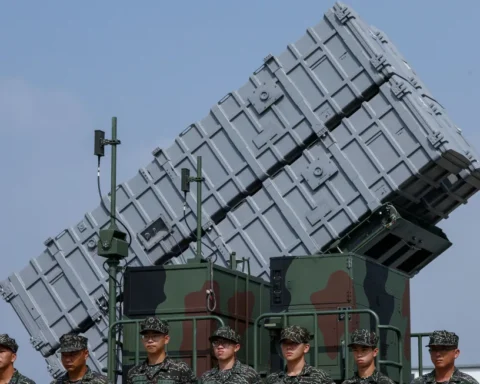In a revealing investigation conducted by +972 Magazine and Local Call, allegations have emerged that the Israeli military is employing artificial intelligence (AI) to assist in the identification of bombing targets in Gaza. Citing statements from six Israeli intelligence officials directly involved in the said program, the report unveils the operational intricacies of an AI-based tool known as “Lavender,” which purportedly boasts a 10% error rate. These officials, whose anonymity has been preserved, raise concerns about the ostensibly superficial human review process of the AI-suggested targets, describing it as “cursory at best.”
The Israel Defence Forces (IDF), when approached regarding the magazine’s report, neither confirmed nor denied the usage of AI for pinpointing suspected terrorists. Instead, the IDF emphasized the role of “information systems” as analytical aids in the target identification process, underscoring the efforts made to “reduce harm to civilians to the extent feasible” under operational constraints. Despite the IDF’s assurances of rigorous target examination in compliance with international law, an official cited in the report contends that human intervention often merely serves as a “rubber stamp” for machine-generated decisions, with only about 20 seconds dedicated to scrutinizing each target.
This investigation comes against the backdrop of mounting international scrutiny over Israel’s military operations in Gaza, mainly after air strikes resulted in the deaths of several foreign aid workers. The ongoing siege, as reported by the Gaza Ministry of Health, has tragically claimed over 32,916 lives, exacerbating an already dire humanitarian crisis in the region.
Yuval Abraham, the investigation’s author, had earlier shared insights with CNN on the IDF’s heavy reliance on AI for target generation, indicating minimal human oversight in these operations. The IDF’s statement clarifies its use of a database to cross-reference intelligence sources, thereby generating updated information on potential military operatives, with human officers tasked with ensuring compliance with international law and IDF directives.
The report also highlights a disturbing pattern of night-time attacks on residential homes, resulting in the deaths of thousands, predominantly women, children, and non-combatants, attributed to the AI program’s decisions. It further discusses the IDF’s preference for using unguided missiles or “dumb bombs” in particular strikes, which, due to their imprecision, pose a heightened risk to civilian populations in densely populated areas like Gaza.
In defense of its tactics, the IDF insists on the necessity of using heavy munitions to counteract Hamas, pointing to the tragic toll of over 1,200 Israeli lives lost and numerous hostages taken by Hamas fighters on October 7, igniting the current conflict. The IDF maintains that its operational strategies aim to minimize civilian harm and collateral damage, a claim that starkly contrasts the grim realities presented in the investigation.
As the international community grapples with the ethical implications of leveraging AI in warfare, this investigation sheds light on the complex interplay between technological advancement and human judgment in conflict zones. The revelations call for a critical examination of the safeguards and ethical standards governing AI’s military use, urging a reevaluation of current practices to better align with humanitarian principles and international law.







